Want to contribute to this article?
We asked De-risk, an expert risk consultancy to share five daily habits every risk management leader should adopt.

Having the knowledge, tools and techniques is important in risk management. But ultimately, they amount to very little without the proper leadership skills.
Leadership can be difficult because it doesn’t come naturally to most of us. This fact of life makes the skill particularly valuable in the eyes of employers. But we can all learn to focus our efforts, and develop what it takes to lead and develop a team.
Here are five questions every risk management leader should ask on a daily basis:
Question One: Who do I think I am?
This is particularly important on the back of a promotion. All roles are different by nature, but the jump from a non-managerial role can be particularly big. A more holistic approach is a must. Alter your thinking about the whole organisation and be proactive in anticipating change. Can you lead and motivate a team of people that may not even report to you; can you get others to think and act in the same way?
A useful way of asking the question, 'Who Am I'? is to conduct a self-assessment. This assessment should weigh against four dimensions:
- Knowledge
- Competencies
- Attitudes
- Behaviours
Take the time to discuss your self-assessment with superiors. This helps to establish better communication and clarity. Seek evidence of good or poor performance, and remember not to set unrealistic goals.
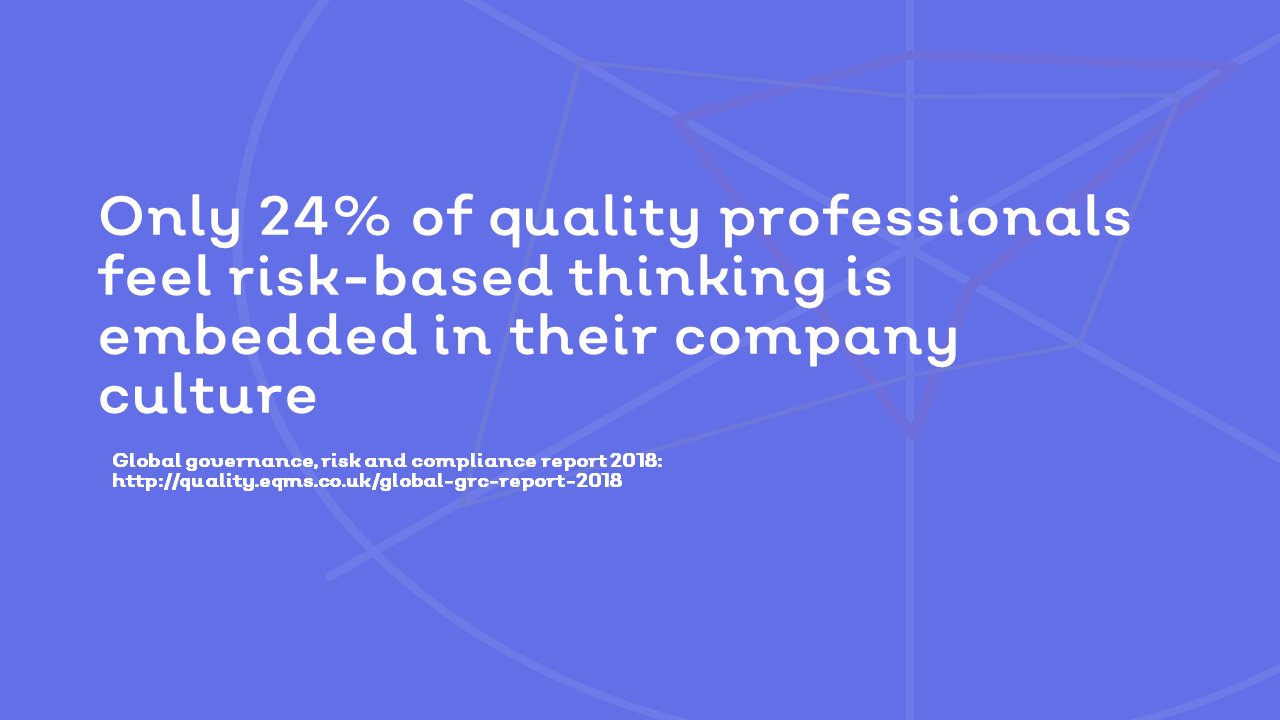
Question Two: What leadership style is appropriate?
There are many 'styles' of leadership. At one end we have the dictatorial leader, alone in isolation, commanding his team to do as he says. At the other end we have a more community-based approach with no tangible authority figure. There is no right or wrong rung on this ladder. Instead, risk management leaders will have to weigh up the pros and cons of their method.
- Time – Having too many ‘middle men’ can take more time, and time is money. Those on the dictatorial side will get things done more quickly, but risk invaluable input from colleagues.
- Commitment – Being too dictatorial and too relaxed can lose the respect of the team. In this case it is important to make sure that diverse opinions are duly noted, without demurring too much.
- Quality – An underlying factor that stems from the above two points. If time-keeping and commitment is poor, so will be the quality of decisions made.
Question Three: What leadership style is appropriate?
As a risk management leader, one of the most important things you can do is motivate the team. This in turn will help to maximise their contributions. There are three ways to go about this:
- Antecedents – In risk management an ‘antecedent’ refers to the setting of clear, unambiguous goals and targets for each team member to strive to. Antecedents can be set in what is known as a ‘risk review board’ – a meeting that clearly explains any objectives, roles and responsibilities, agendas, and the timing of such.
- Behaviour – Ensuring good ‘behaviour’ is not like telling off misbehaving schoolchildren. Rather it is about giving team members the focus they need to capture risk plans and update them efficiently. It always helps to get their feedback after the board is over.
- Consequences – Good motivation allows team members to have their voices heard. Ensure junior members get due credit for their efforts, engage with those of all levels regularly, and allocate a budget for celebratory dinners whenever milestones are reached.
Remember, a motivated team member is a proactive one. They should feel involved, responsible, and ready to more than pull their weight.
Question Four: How do I create the right environment?
Creating the right environment is a must for risk management success because risk is such a difficult and emotive subject to openly talk about. It is therefore crucial to attach a positive attribute to the identification of risks. Make it clear that no one will ‘get into trouble’ for identifying a risk. The reverse should be true: proper communication will make sure that most preventable risks will be snuffed out before they become a problem. There should be a blame-free culture of we’re all in this together. Whenever a problem does occur, find a way of formalising the lessons learned and reinforcing the importance of doing so.
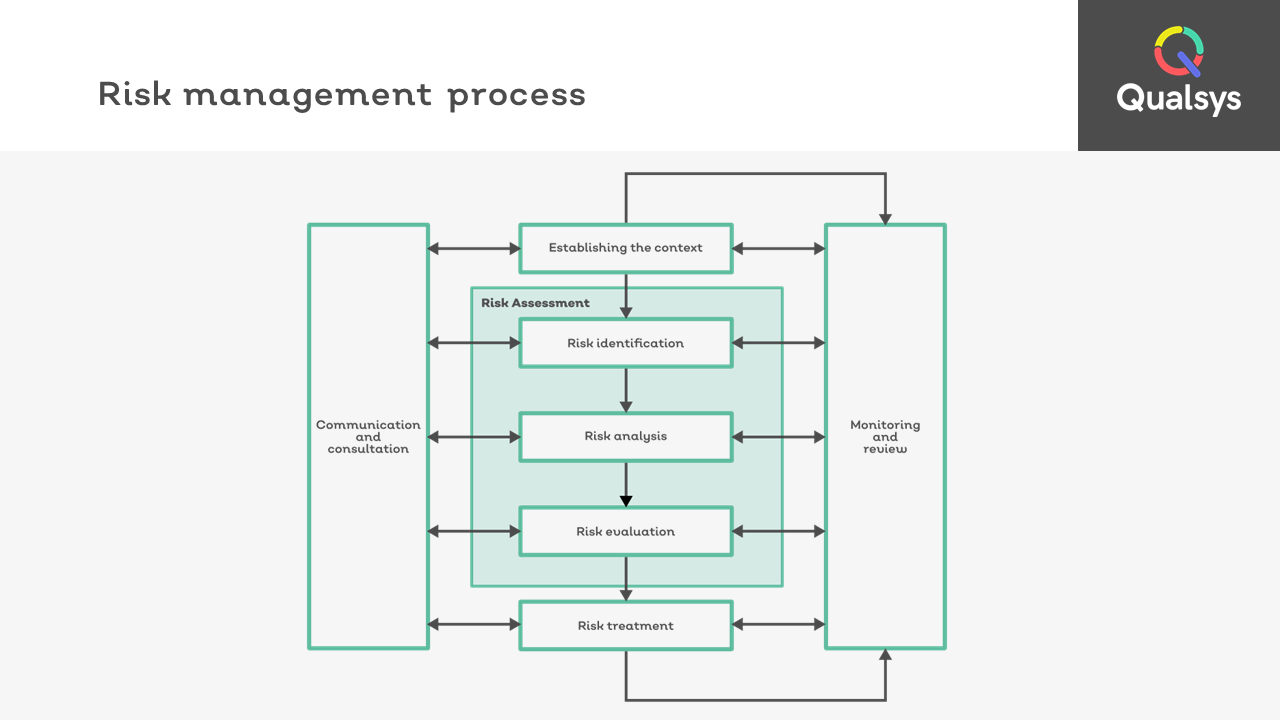
Question Five: How do I overcome barriers to change?
Implementing any new process, like risk management, is all about change. Inevitably, there will always be resistance – simply because people do not like change. The DREC model (denial, resistance, exploration, and commitment) can help risk management leaders to understand the process that people need to go through. The first two steps are self-explanatory; let’s look closer at the latter two:
- Exploration – Acceptance can be slow coming, but eventually team members will re-orient and start to explore the positives of the new approach. To really snowball the change process, let team members explore and investigate how they will be personally impacted by it. Actively encourage their participation, allow them to ask questions, and make sure they are taking action.
- Commitment – Finally, as they start to realise the benefits, take the time to capture the early victories. Write them up and communicate them across other teams. Often, those that showed the greatest level of resistance, once converted, become the best advocates.
Conclusion
Hopefully, you should now be on your way to effective risk management leadership. It may sound cliché but leadership really is a team effort. In risk management especially, it is vital to maintain clear lines of unambiguous communication. That way you, and everyone around you, will be favoured to succeed.
--
Eliza Cochrane is a copywriter for De-Risk.com. De-Risk specialises in strategic programme risk management, delivering projects and programmes for businesses.
Got your own tips, ideas or stories you can share with others? Share here





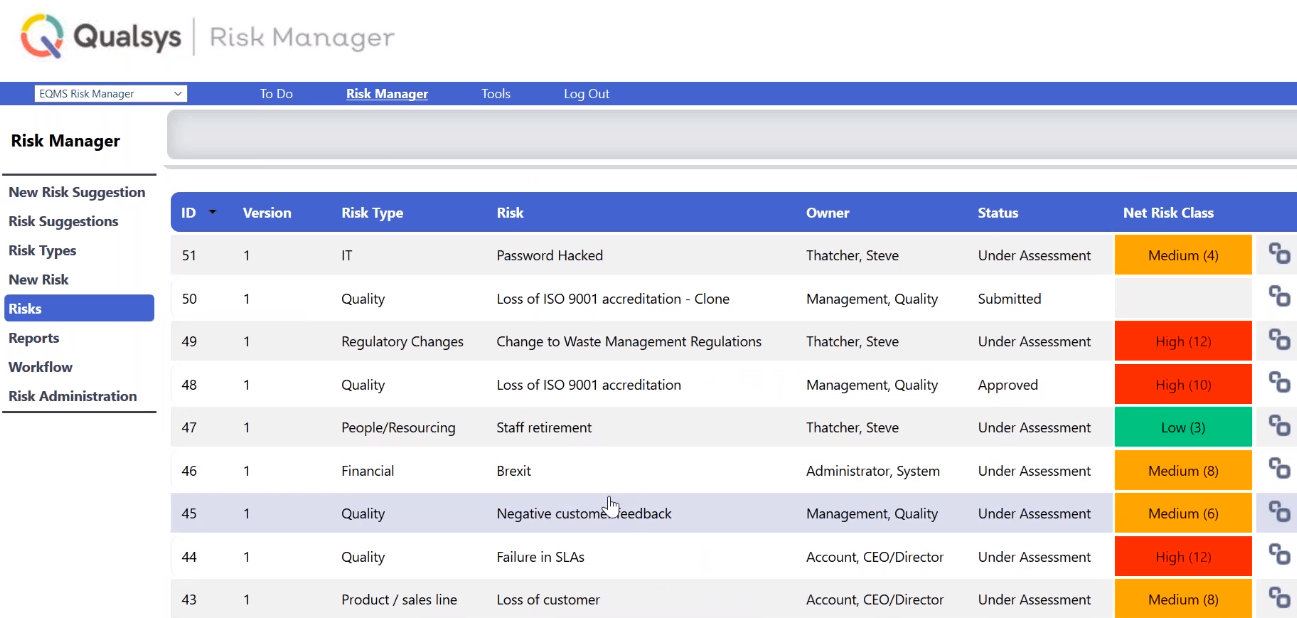

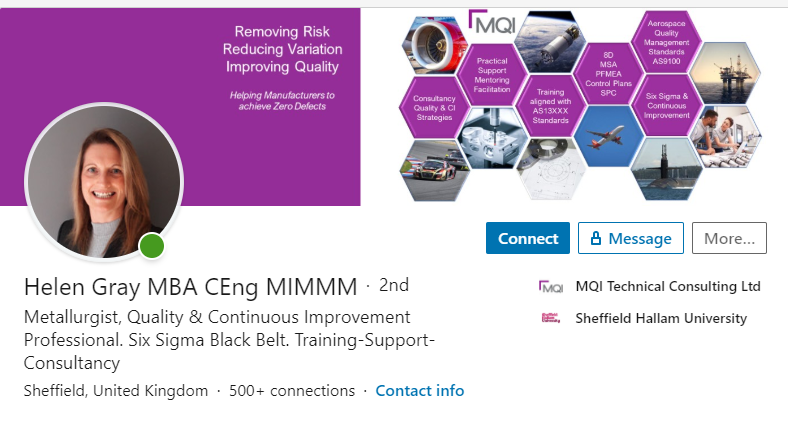
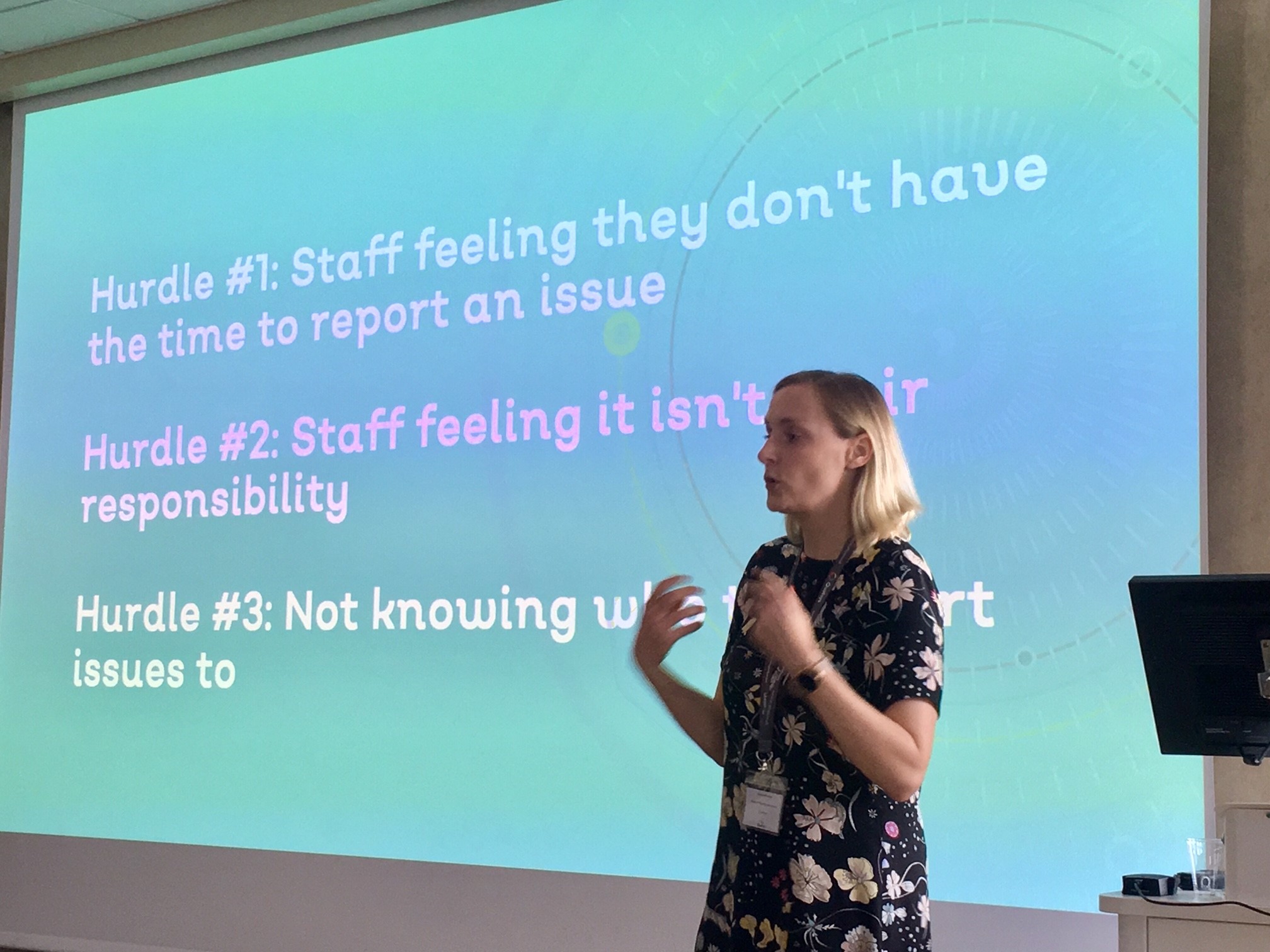
Share your thoughts on this article